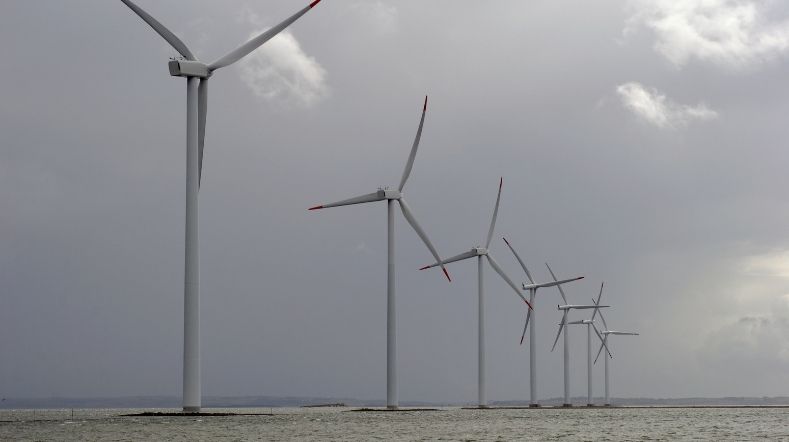
Cheaper and more effective electricity from solar and wind
To phase out the use of fossil fuels and raw materials over time, households and services, as well as industry and transport, must largely or completely switch to sustainably generated electricity. But this is a challenging transition that demands substantial effort and investment. We’re therefore developing technologies to generate electricity from solar and wind more cheaply and more effectively.
Solar and wind energy
Solar energy and wind energy at sea, also known as offshore wind energy, are the main sources of sustainable power in the Netherlands. The number of offshore wind farms will increase significantly over the coming years. By 2050, they should be generating around 800 petajoules (PJ) of renewable electricity.
Onshore wind will then account for just under 200 PJ and solar energy for another 600 PJ. The challenge is for these huge amounts of zero-carbon electricity to be available to end users at the right time and at the lowest possible cost.
Unique knowledge position
We conduct research and develop new methods for improving the performance of solar cells and solar panels, as well as cutting production costs. More than half of all solar panels worldwide contain technology that we’ve developed. We’re constantly expanding our unique knowledge position to ensure that the use of solar energy will grow strongly.
Higher energy yield, lower costs
We’ve had success in recent years, increasing the energy yield of various types of solar cells and the modules into which they’re incorporated. Production costs have also been reduced. We work with industry to make innovations we develop in the lab industrially applicable as quickly as possible and to scale them up rapidly.
Innovative technology
Huge strides have been made in the development of solar panels in recent years. They’ve become visually attractive and have been incorporated into building façades, road and rail noise barriers, and road surfaces. And even in the roof and bonnet of a world first – the Dutch solar-powered car, Lightyear One.
Industry innovates
The new technologies are boosting the total yield of renewable electricity from solar energy. This also encourages industry to make innovative products that contribute to this progress. Integrated solar modules will be produced regionally and thus provide the perfect opportunity to develop the entire value chain in Europe.
Smart use of surfaces and recycling
We must use as much of the available surface as possible for integrating solar cells. Examples are roads, roofs, and façades. In addition, ecology is important in the case of agricultural land, inland waterways, and the sea. Multiple use of space is the basic principle here. Due to the enormous growth in the number of solar panels, high-quality recycling is also becoming an increasingly important issue.
Next generation of wind turbines
There’s also a high rate of innovation in the field of wind energy. This is urgently needed to achieve the goal of 11 gigawatts of installed offshore wind capacity by 2030. Altogether, this will cover the electricity consumption of some 7 million households. We lead the world in knowledge and expertise related to wind turbine and wind farm development.
More efficient generation
To generate power more efficiently, we must optimise energy yields while also reducing production and maintenance costs. The current generation of wind turbines is rapidly being replaced by new models. These are more efficient and generate a lot of electricity even when there’s less wind. Together with national and international partners, we’re active in projects to improve aerodynamics and optimise wind farms, for example.
World’s largest wind turbine
For General Electric (GE) Renewable Energy, we’ve carried out an extensive test programme on the Haliade-X, the largest wind turbine in the world. The tests have shown that it meets all legal requirements. We use our own technology to calculate the ideal position of wind turbines in relation to each other in offshore wind farms.
Fluctuations in wind and sunlight
The supply of renewable electricity from wind and solar fluctuates considerably. This requires flexibility, which means using as much energy as possible when it’s available. Good management of electricity demand can play a role in this. But also storage and conversion of electricity into other energy carriers, such as hydrogen.
Converting to hydrogen
There’s also the question of how the large amount of sustainably generated energy can be transported using the current infrastructure. Partial conversion of electricity to hydrogen could be a solution. This flexibility enables energy companies to deliver electricity where it’s most needed
Get inspired
TNO and Jungle AI collaborate to detect cyberattack on wind turbine and improve detection capabilities
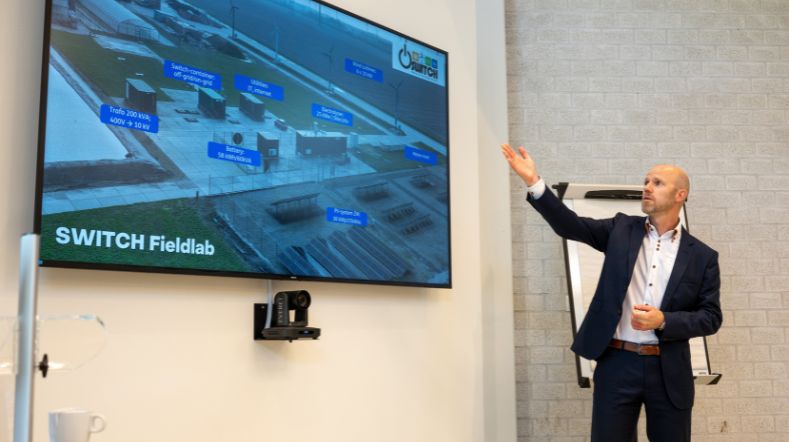

Improving wind turbine maintenance with the sensor installation robot
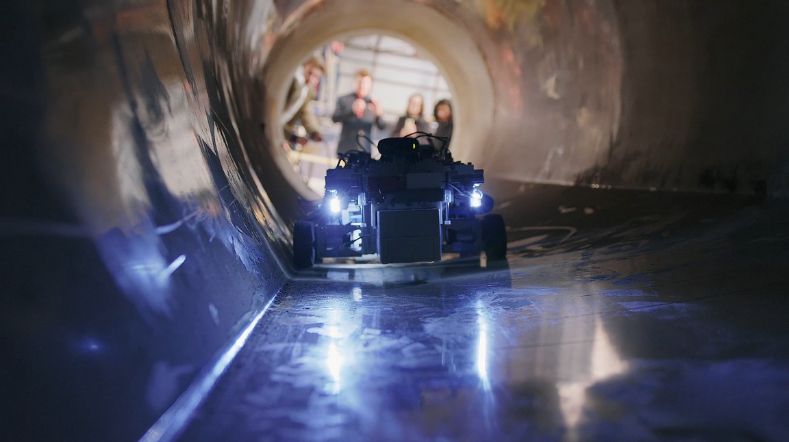

Project launched for recycling wind turbine blades
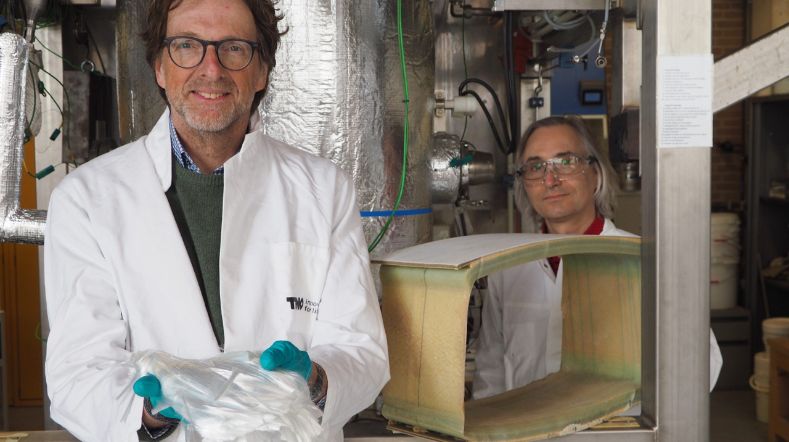

Shade screens with rollable solar foil combines energy generation with climate control in greenhouses
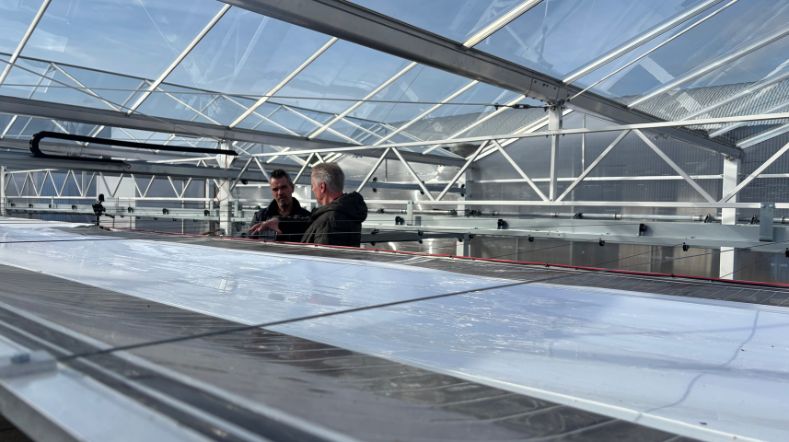

TNO research leads to better damage prediction for offshore wind turbine blades
